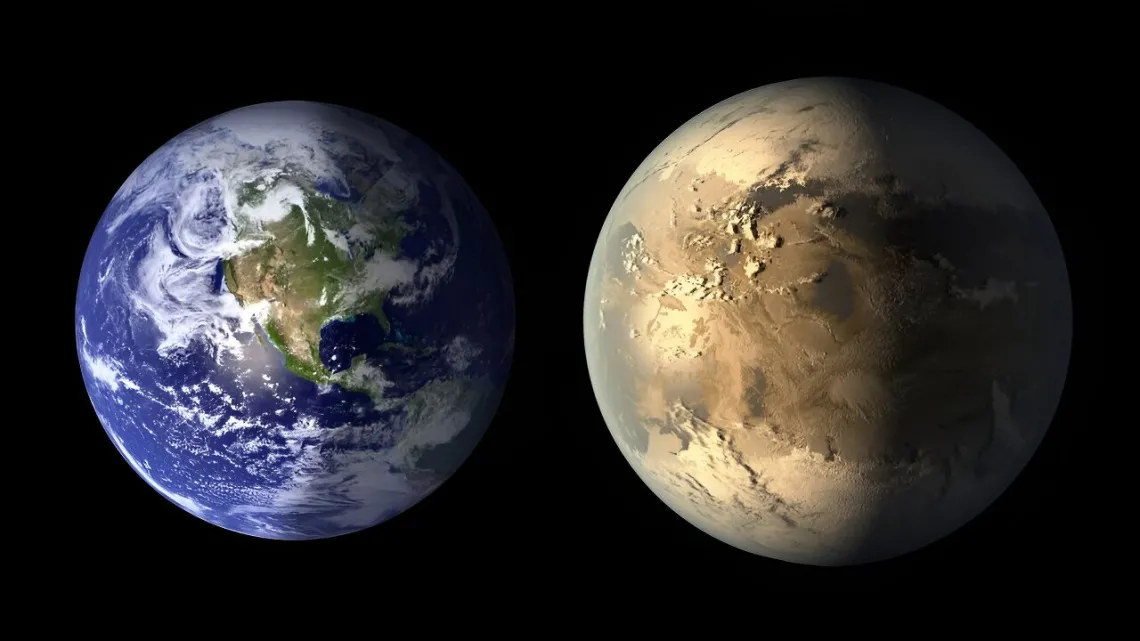Want to Find Life? Compare a Planet to Its Neighbors

Earth compared to the exoplanet Kepler-186f.
Goddard Space Flight Center
With thousands of known exoplanets and tens of thousands likely to be discovered in the coming decades, it could be only a matter of time before we discover a planet with life. The trick is proving it. So far the focus has been on observing the atmospheric composition of exoplanets, looking for molecular biosignatures that would indicate the presence of life.
But this can be difficult since many of the molecules produced by life on Earth could also be produced by geologic processes. A new study argues that a better approach would be to compare the atmospheric composition of a potentially habitable world with those of other planets in the star system.
Since planets form within the debris disk of a young star, they will generally have similar compositions. Because of the migration of certain molecules such as water ice, the outer planets can have a slightly different composition than the inner planets, but overall their composition is similar. For a new study now posted to the arXiv preprint server, the team looked at the abundance of atmospheric carbon among worlds.
Carbon is not just a primary element for life on Earth, it also absorbs readily in water and can be bound geologically in rocks. So the idea is that if an exoplanet is in the potentially habitable zone of a star and has significantly less atmospheric carbon than similar worlds in its system, then that is a strong indicator of the presence of water and organic life.
